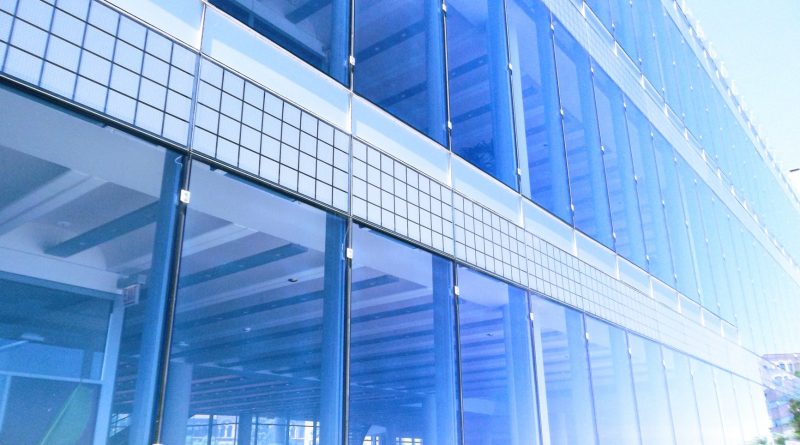Learn About Commercial and High-Rise Glazing Technologies
Environmental changes have revolutionized the property industry. People are now looking to improve architecture to avoid the harmful effects of the sun and ultra violet radiation through newer and improved mechanisms.
The most important component of closed spaces is accessibility to windows. Comprised of glass panes, spacers, sealants and frames, windows are now being optimized with various glazes, coatings and frames. These are important factors for keeping temperature stabilizing costs low and also reducing other HVAC (heating, ventilation and air conditioning) costs.
Considerations
Understanding the importance of window quality and characteristics is vital. With various diseases being attributed to environmental and solar factors, great care must be taken.
U-Value
The U-Value determines heat flow due to conduction, convection and radiation. Windows with U-Values of 0.6 lose more heat than a value of 0.3.
SHGC
The Solar Heat Gain Coefficient is vital in determining how much of the sun’s energy strokes the window and transmits indoors. The higher the SHGC, the higher the amount of solar energy passed through it.
Visible Transmittance
The VT refers to the visibility of the solar spectrum through the glass. This is mainly gauged to understand the volume of infrared rays (IR) and ultraviolet rays (UV) contact between the indoors and the sun.
New Glazing Technologies
The latest high-performance glazing technologies improve the balance of better living and energy demands. With this technology, it’s possible to reduce energy demand to an economical level.
Glass
Based on your space’s requirements and the climate you live in, there are various options to optimize glass glazings for your windows.
Low Emission Glaze
With the ability to reduce energy loss by 50%, these microscopically thin layers of metal reduce U-Value and VT numbers. They’re easy to apply, but a bit pricier than regular windows.
Gas Fills
Gas fills between glazing layers can reduce the heat transfer between the window panes. Typically, argon and krypton gas are used because of their clarity and non-toxic property.
Spacers
Used between layers of glass to keep them apart. Spacers dramatically reduce heat transfer from one pane to another. They also prevent moisture and gas leaks and are also fitted to cater to thermal expansion during weather changes.
Tints/Colors
Glass tints and coatings are usually made of metal oxides that help reduce the heat transfer between glass panes by blocking UV and IR rays’ wavelengths.
Spectrally Selective Glaze
This glaze filters out up to 70% heat while allowing full light transmission. They’re able to reflect sun rays instead of absorbing them, lowering the U-factor and SHGC.




